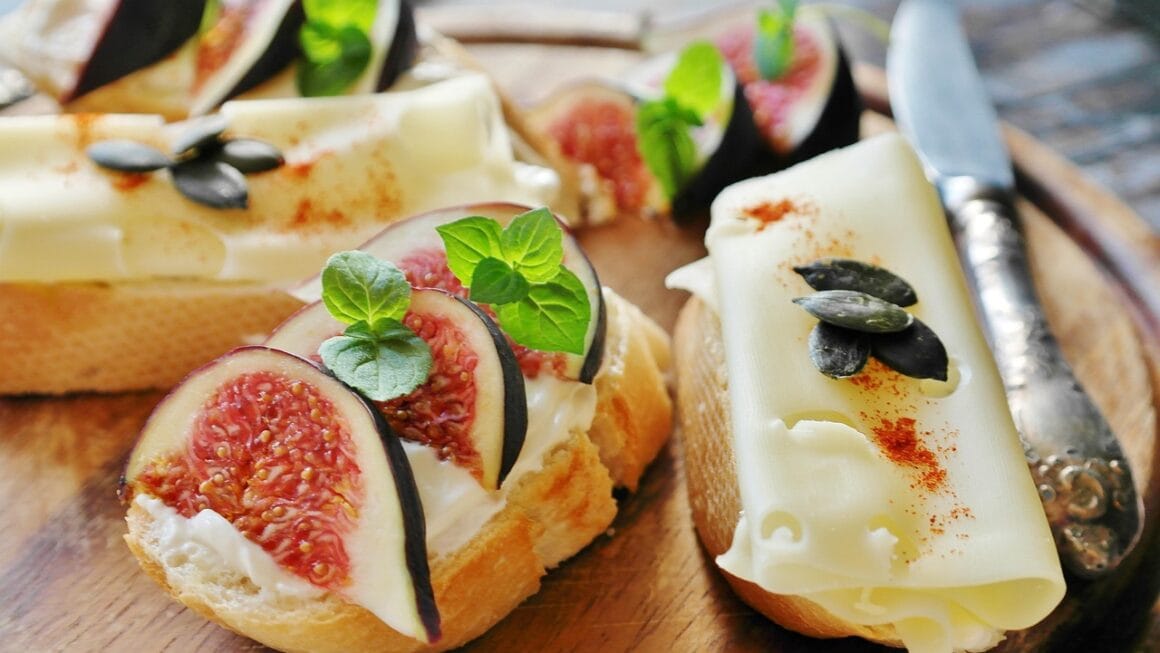Culinary experiences transcend mere sustenance; they are immersive journeys that engage all senses and create lasting memories. From savoring exotic street food in bustling markets to indulging in meticulously crafted dishes at Michelin-starred restaurants, these experiences offer a window into diverse cultures, traditions, and culinary artistry. This blog post delves into the multifaceted world of culinary experiences, exploring various types, benefits, and tips for creating unforgettable gastronomic adventures.
The Allure of Culinary Tourism
Defining Culinary Tourism
Culinary tourism, also known as food tourism or gastronomy tourism, involves traveling to a specific destination with the primary purpose of experiencing its cuisine and food culture. This can encompass various activities, including:
- Visiting local markets and farms
- Participating in cooking classes and demonstrations
- Attending food festivals and events
- Touring wineries, breweries, and distilleries
- Dining at restaurants specializing in regional or traditional cuisine
Benefits of Culinary Tourism
Culinary tourism offers a plethora of benefits for both travelers and local communities.
- Cultural Immersion: Experiencing local cuisine provides deep insights into the history, traditions, and lifestyle of a region.
- Economic Boost: Food tourism stimulates local economies by supporting farmers, producers, restaurants, and other food-related businesses.
- Sensory Exploration: Culinary experiences engage all five senses, creating memorable and enriching experiences.
- Educational Opportunities: Learning about different ingredients, cooking techniques, and food customs broadens one’s culinary knowledge.
- Personal Growth: Stepping outside your comfort zone and trying new foods can foster a sense of adventure and personal growth.
- Community Engagement: Culinary tourism often involves interacting with locals and learning about their stories and traditions.
Examples of Popular Culinary Destinations
Several destinations around the world are renowned for their rich culinary offerings:
- Italy: Known for its pasta, pizza, regional specialties, and wine regions like Tuscany.
- France: Famous for its exquisite pastries, cheeses, wines, and classic dishes like bouillabaisse and coq au vin.
- Japan: Celebrated for its sushi, ramen, tempura, and intricate culinary traditions.
- Mexico: Offers vibrant street food, diverse regional cuisines, and tequila and mezcal experiences.
- Thailand: Known for its spicy curries, fresh seafood, and unique street food scene.
Exploring Different Types of Culinary Experiences
Food Tours
Food tours are guided excursions that take participants to various food establishments, allowing them to sample local specialties and learn about the area’s culinary history.
- Benefits: Food tours offer a convenient and efficient way to experience a diverse range of dishes and culinary traditions in a short amount of time. They also provide valuable insights from knowledgeable guides.
- Example: A food tour in New Orleans might include stops at a beignet cafe, a gumbo restaurant, and a po’boy shop.
Cooking Classes
Cooking classes provide hands-on opportunities to learn how to prepare regional or international dishes from experienced chefs.
- Benefits: Cooking classes allow participants to develop new culinary skills, learn about different ingredients and techniques, and gain a deeper appreciation for the art of cooking.
- Example: A pasta-making class in Italy or a Thai cooking class focusing on authentic curry dishes.
Wine and Brewery Tours
Wine and brewery tours offer immersive experiences in the world of wine and beer production, including vineyard and brewery visits, tastings, and educational sessions.
- Benefits: These tours provide insights into the winemaking or brewing process, allow participants to sample a variety of beverages, and offer a chance to learn about the history and culture of wine or beer production.
- Example: A wine tour in Napa Valley, California or a craft brewery tour in Portland, Oregon.
Farm-to-Table Dining
Farm-to-table dining emphasizes the use of locally sourced, seasonal ingredients in restaurant menus, promoting sustainability and supporting local farmers.
- Benefits: Farm-to-table dining offers a chance to savor fresh, high-quality ingredients, support local agriculture, and reduce the environmental impact of food production.
- Example: Restaurants that partner with local farms to create menus based on seasonal availability.
Unique Dining Experiences
Beyond traditional restaurant settings, unique dining experiences can include themed restaurants, pop-up dinners, private chef services, and culinary events.
- Benefits: These experiences offer a sense of novelty and adventure, providing memorable and Instagram-worthy moments.
- Example: Dining in a cave restaurant, attending a multi-course tasting menu with wine pairings, or hiring a private chef to create a personalized dining experience.
Planning Your Culinary Adventure
Research and Destination Selection
Before embarking on a culinary adventure, it’s essential to conduct thorough research and select a destination that aligns with your interests and preferences.
- Consider your culinary interests: Do you prefer Italian, French, Asian, or other cuisines?
- Research popular food destinations: Explore travel blogs, food magazines, and online reviews to identify regions with a strong culinary scene.
- Check for food festivals and events: Time your trip to coincide with culinary events or festivals for a more immersive experience.
Booking Accommodation and Activities
Once you’ve chosen your destination, it’s time to book accommodation and plan your culinary activities.
- Choose accommodation near food hubs: Stay in areas known for their restaurants, markets, and food shops.
- Book food tours and cooking classes in advance: Popular tours and classes often sell out quickly, so it’s best to book ahead of time.
- Make restaurant reservations: Secure reservations at highly rated restaurants, especially for dinner.
- Factor in transportation: Plan how you’ll get around to different culinary destinations, whether it’s by public transport, taxi, or rental car.
Budgeting and Travel Tips
Creating a budget and following some travel tips can help ensure a smooth and enjoyable culinary adventure.
- Set a realistic budget: Estimate the cost of accommodation, food, transportation, activities, and souvenirs.
- Look for deals and discounts: Check for package deals, discounts on food tours, and free cooking demonstrations.
- Pack comfortable shoes: You’ll likely be doing a lot of walking, so comfortable shoes are essential.
- Learn basic phrases in the local language: Knowing a few basic phrases can enhance your interactions with locals and improve your overall experience.
- Be open to trying new things: Embrace the opportunity to sample unfamiliar dishes and expand your culinary horizons.
Mastering the Art of Food Photography
Composition and Lighting
Capturing stunning food photos can enhance your culinary memories and share your experiences with others.
- Pay attention to composition: Use the rule of thirds, leading lines, and other compositional techniques to create visually appealing images.
- Utilize natural lighting: Whenever possible, use natural light to illuminate your food. Avoid harsh direct sunlight, which can create unflattering shadows.
- Experiment with angles: Try shooting from different angles, such as overhead, eye-level, or close-up.
Styling and Presentation
Styling your food and paying attention to presentation can make your photos more visually appealing.
- Add garnishes and props: Use fresh herbs, spices, and other garnishes to add color and texture to your dishes.
- Use complementary colors: Choose plates and backgrounds that complement the colors of your food.
- Clean up the edges: Make sure your plates are clean and free of smudges or spills.
Editing and Sharing
Post-processing your photos and sharing them on social media can help you showcase your culinary adventures.
- Adjust brightness and contrast: Use editing software to enhance the brightness and contrast of your images.
- Sharpen your photos: Sharpening can help bring out the details in your food.
- Use filters sparingly: Avoid over-filtering your photos, which can make them look unnatural.
- Share your photos on social media: Use relevant hashtags, such as #foodphotography, #culinarytourism, and #foodtravel, to reach a wider audience.
Conclusion
Culinary experiences offer a unique and enriching way to explore the world, immerse yourself in different cultures, and create lasting memories. Whether you’re embarking on a food tour, taking a cooking class, or simply enjoying a meal at a local restaurant, remember to savor every moment and embrace the opportunity to expand your culinary horizons. By planning carefully, mastering the art of food photography, and sharing your experiences with others, you can transform your culinary adventures into unforgettable journeys of discovery and delight.




